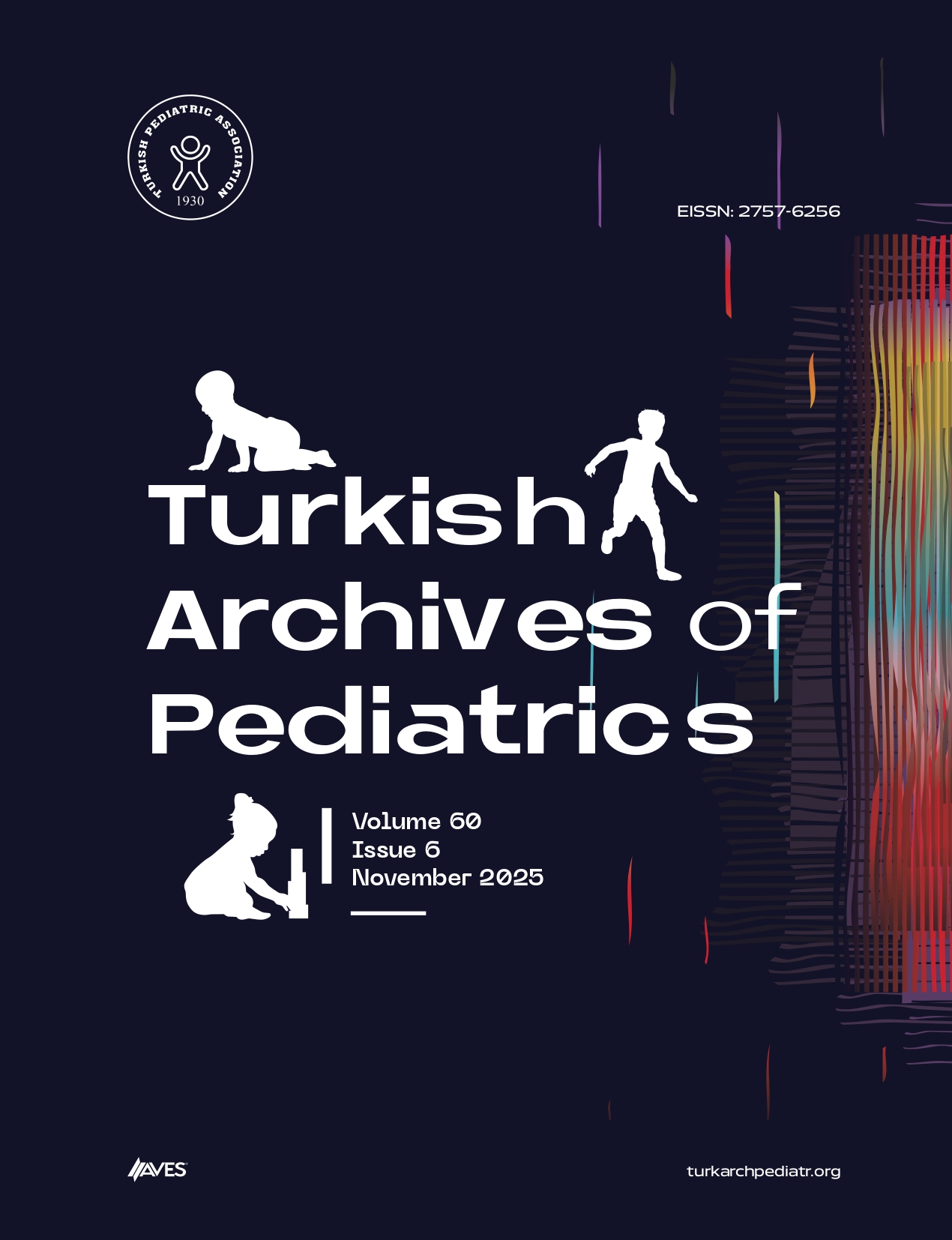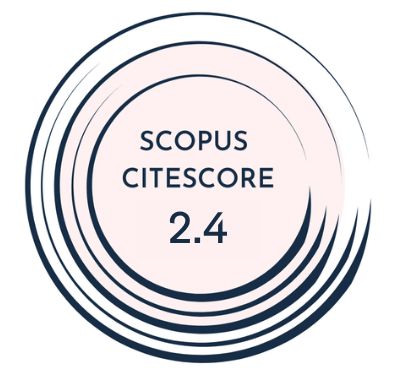Despite several articles that in recent years have highlighted the work of the Russian child psychiatrist and researcher Grunya Efimovna Sukhareva (Kiev, 1891 - Moscow, 1981), even today the prevailing opinion, at least in the Western world, does not attribute to this author the merit of the original clinical description of autism spectrum disorder. In fact, this credit is still attributed today first to Leo Kanner and second to Hans Asperger, who in 1943 and 1944 respectively described some cases of children who today would certainly be diagnosed with autism spectrum disorder. In reality, almost 20 years earlier than Kanner and Asperger, that is in 1925, Sukhareva published a paper in which she described with great accuracy and in a modern way the cases of 6 children affected, using current terminology, by autism spectrum disorder, that today would be defined as “high-functioning.” Later, in 1927, Sukhareva described 5 girls affected, emphasizing the sex-related differences in autistic features, which today represent a very current and still debated topic. Over the next few decades, her work remained largely unknown to most of the Western scientific world. In this paper, the intention is to pay tribute to Sukhareva’s work in particular (but not only) in the field of autism and discuss some possible hypotheses as to why it has been ignored by most for decades.
Cite this article as: Posar A, Visconti P. The work of Grunya Efimovna Sukhareva in the field of autism spectrum disorder one hundred years after her original description. Turk Arch Pediatr. 2025;60(4):434-437.



.png)

